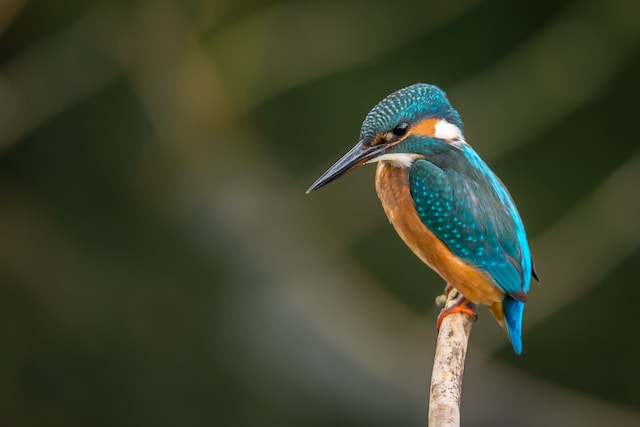Environmental pollution is an escalating concern that affects every corner of the Earth, impacting various forms of life, including birds. Birds, being critical to the ecological balance, serve as indicators of environmental health. Their well-being, or lack thereof, reflects the state of their surroundings. In this discussion, we delve into how pollution harms bird populations, exploring the mechanisms of impact and highlighting the broader implications of these effects.
Mitigating Pollution: A Call to Action
Mitigating the adverse effects of environmental pollution on bird populations and ecosystems at large requires concerted efforts from individuals, communities, governments, and industries worldwide. As we navigate the challenges posed by pollution, the role of technology in conservation, alongside community involvement and education, emerges as pivotal elements in the broader strategy to protect our feathered friends and their habitats. This comprehensive approach not only aims to curb the current threats but also to foster a sustainable coexistence with nature.
The Role of Technology in Conservation
In the fight against environmental pollution, technology plays a pivotal role. Innovative solutions are being developed to monitor pollution levels, clean up contaminated areas, and reduce emissions. For instance, click the game Rocket, is not directly related to bird conservation but exemplifies how technology can engage individuals in understanding risk and reward, potentially applying similar principles to environmental conservation efforts.
Community Involvement and Education
Community involvement is crucial for effective conservation. By educating the public about the impacts of pollution on birds and the environment, individuals can be motivated to adopt more sustainable practices. Participation in local clean-up efforts, supporting pollution reduction policies, and contributing to conservation organizations are ways in which communities can make a difference.
Policy and Legislation
Governments play a critical role in combating environmental pollution. Enforcing stricter regulations on emissions, waste disposal, and land use can significantly reduce the pollutants entering our air, water, and soil. Legislation aimed at protecting critical habitats and endangered species provides a legal framework for conservation efforts, ensuring the survival of bird populations for future generations.
The Direct Impact of Pollution on Bird Health
The relationship between environmental pollution and the health of birds is a pressing concern, underscoring the broader ecological crises facing our planet. Birds, as essential components of biodiversity, play critical roles in ecosystems, including seed dispersal, pollination, and controlling pest populations. However, their survival and health are increasingly threatened by pollution in its various forms. This discussion delves into the direct impacts of air and water pollution on birds, highlighting the detrimental effects on their respiratory health and the dangers of contaminant ingestion.
Air Pollution and Respiratory Stress
Air pollution, a mix of particulate matter, gases, and chemicals, is a significant threat to avian species. Birds inhale pollutants, which can cause immediate respiratory issues and long-term health problems. The fine particles can damage lung tissue, leading to reduced oxygen intake, while toxic gases like nitrogen oxides and sulfur dioxide can cause inflammation and decreased lung function. This respiratory stress compromises their ability to forage, migrate, and escape predators, directly impacting their survival rates.
Water Pollution and Contaminant Ingestion
Water bodies contaminated with pesticides, heavy metals, and industrial waste pose a grave risk to birds that rely on aquatic environments for drinking, feeding, and breeding. Ingesting polluted water or contaminated prey can lead to poisoning, with symptoms ranging from immediate neurological effects to long-term reproductive failures. Mercury, lead, and other heavy metals accumulate in birds’ bodies, causing bioaccumulation that not only affects individual birds but also threatens entire populations through reduced fertility and increased mortality rates.
Habitat Degradation and Loss
Pollution leads to the degradation and loss of natural habitats, crucial for birds’ nesting, breeding, and feeding. Chemical runoff from agriculture and urban areas alters the composition of soil and water, affecting the availability of insects and plants that birds feed on. This reduction in food supply forces birds to migrate to less suitable habitats, where they are more vulnerable to predators and adverse weather conditions, further endangering their populations.
Conclusion
The health of bird populations is intricately linked to the state of our environment. Pollution, in its many forms, poses a significant threat to avian species, impacting their respiratory systems, contaminating their food and water sources, and destroying their habitats. The fight against pollution requires a multifaceted approach, combining technology, community action, and robust legislation. By understanding the consequences of our actions and making concerted efforts to reduce pollution, we can ensure a healthier planet for birds and all forms of life.



